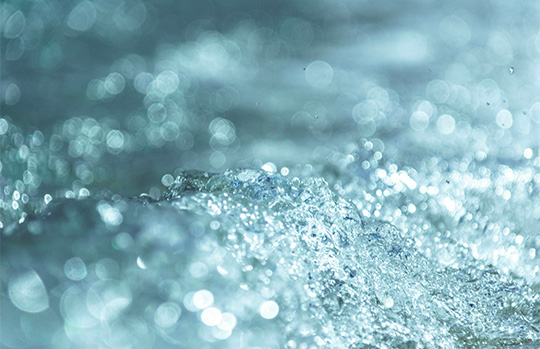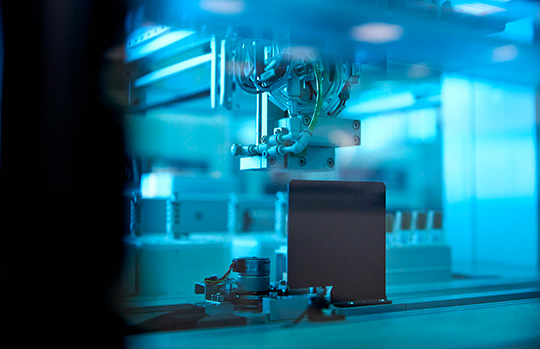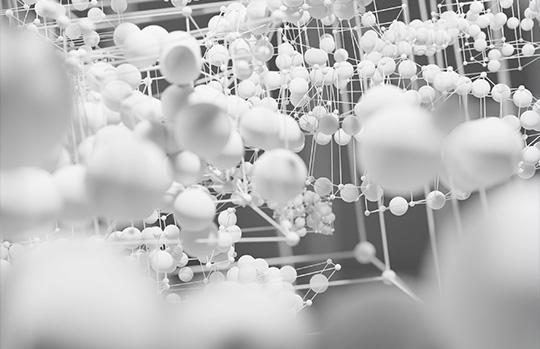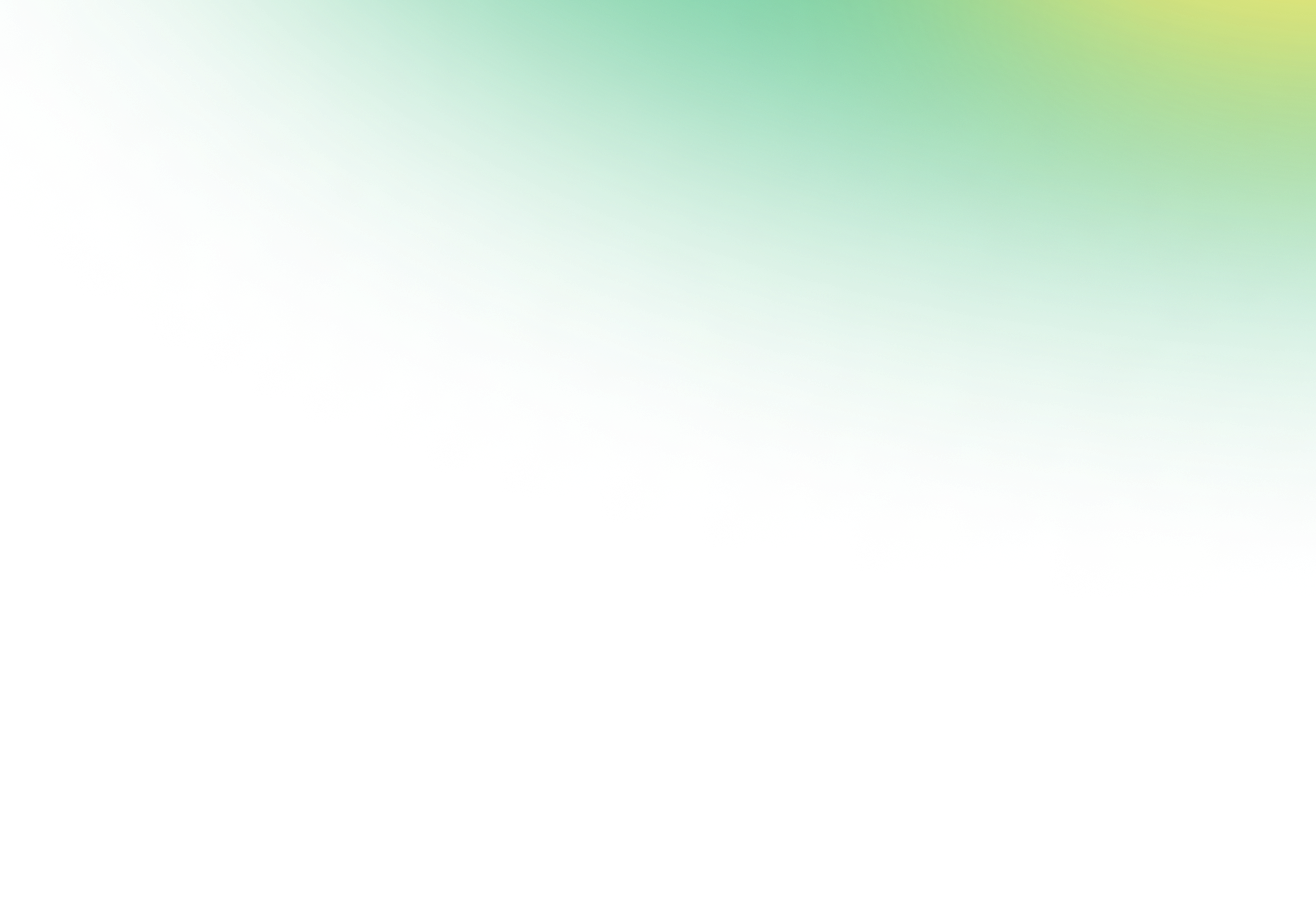
LIBS (Laser Induced Breakdown Spectroscopy)
LIBS is a technique for elemental analysis that allows for the analysis of all types of materials, regardless of their state (liquid, solid, gas, or aerosol).
It also enables simultaneous multi-element measurements that deliver both qualitative and quantitative data on the analyzed material.

LIBS is a real-time method that performs elemental analysis by emitting a laser beam onto all types of materials, without the need for prior preparation, and regardless of their state. The radiation from the plasma generated is analyzed by emission spectroscopy to determine the qualitative and quantitative composition of a material.
iUMTEK is the only French company offering a versatile use of LIBS, both in R&D and in industrial applications. It provides instruments sales, feasibility studies, and analysis services.
Benefits of LIBS Technology
Polyvalence
La LIBS permet d’analyser tout type de matériau quel que soit son état (solide, liquide, gaz et aérosols) mais également sa nature électrique (isolant ou conducteur).
Les poudres peuvent nécessiter d’être compactée pour davantage de précision lors de l’analyse.
Les poudres peuvent nécessiter d’être compactée pour davantage de précision lors de l’analyse.

Analyse simplifiée
et directe
La technique LIBS est une technique avec peu ou pas de préparation d’échantillons ce qui évite l’utilisation de consommables et notamment de produits chimiques agressifs. Les analyses peuvent se faire à l’air ambiant, hors laboratoire*.
*Pour des besoins de performances analytiques spécifiques, un gaz de soufflage peut être exceptionnellement utilisé comme de l’argon, de l’hélium ou de l’azote.
*Pour des besoins de performances analytiques spécifiques, un gaz de soufflage peut être exceptionnellement utilisé comme de l’argon, de l’hélium ou de l’azote.

Temps réel
Les instruments LIBS permettent des analyses en temps réel avec une réponse pouvant aller de quelques secondes à une dizaine de minutes selon le protocole nécessaire.
La LIBS présente donc un gain de temps considérable d’analyse par rapport au technologie XRF ou ICP.
La LIBS présente donc un gain de temps considérable d’analyse par rapport au technologie XRF ou ICP.

Déploiement in situ
La technique LIBS a la capacité optique d’effectuer une analyse à distance (plusieurs mètres), ce qui peut s’avérer obligatoire dans des environnements à risque (radioactivité, bain de fusion…).
De même, l’ensemble de la technique LIBS peut être déporté par fibre optique dans le but d’obtenir une sonde d’analyse légère (≈ 1.5Kg) qui peut se déployer sur plusieurs mètres de rayon autour de l’instrument et permet ainsi des analyses dans des zones plus difficiles d’accès.
L’instrument LIBS peut également s’installer sur une ligne de production pour laquelle ses avantages d’analyse directe en temps réel permettent le suivi d’un flux et permettent d’aboutir à du monitoring.
De même, l’ensemble de la technique LIBS peut être déporté par fibre optique dans le but d’obtenir une sonde d’analyse légère (≈ 1.5Kg) qui peut se déployer sur plusieurs mètres de rayon autour de l’instrument et permet ainsi des analyses dans des zones plus difficiles d’accès.
L’instrument LIBS peut également s’installer sur une ligne de production pour laquelle ses avantages d’analyse directe en temps réel permettent le suivi d’un flux et permettent d’aboutir à du monitoring.

Analyse multi-élémentaire
La technique LIBS est une méthode d’analyse multi-élémentaire. Une analyse permet d’obtenir des informations simultanées sur l’ensemble des éléments du tableau périodique de Mendeleïev (éléments légers, métaux de transitions, etc).

Résolution spatiale
et analyse quasi
non destructive
La petite taille de la surface analysée par LIBS (25 µm à 250 µm de rayon) permet de limiter l’ablation du matériau à un volume compris entre le µm3 et 105 µm3, en fonction de l’échantillon analysé, ce qui en fait une méthode d’analyse quasi non destructive.
Pour les mêmes raisons, cette petite surface d’interaction permet l’analyse d’inclusions et de détails d’un matériau.
Pour les mêmes raisons, cette petite surface d’interaction permet l’analyse d’inclusions et de détails d’un matériau.



